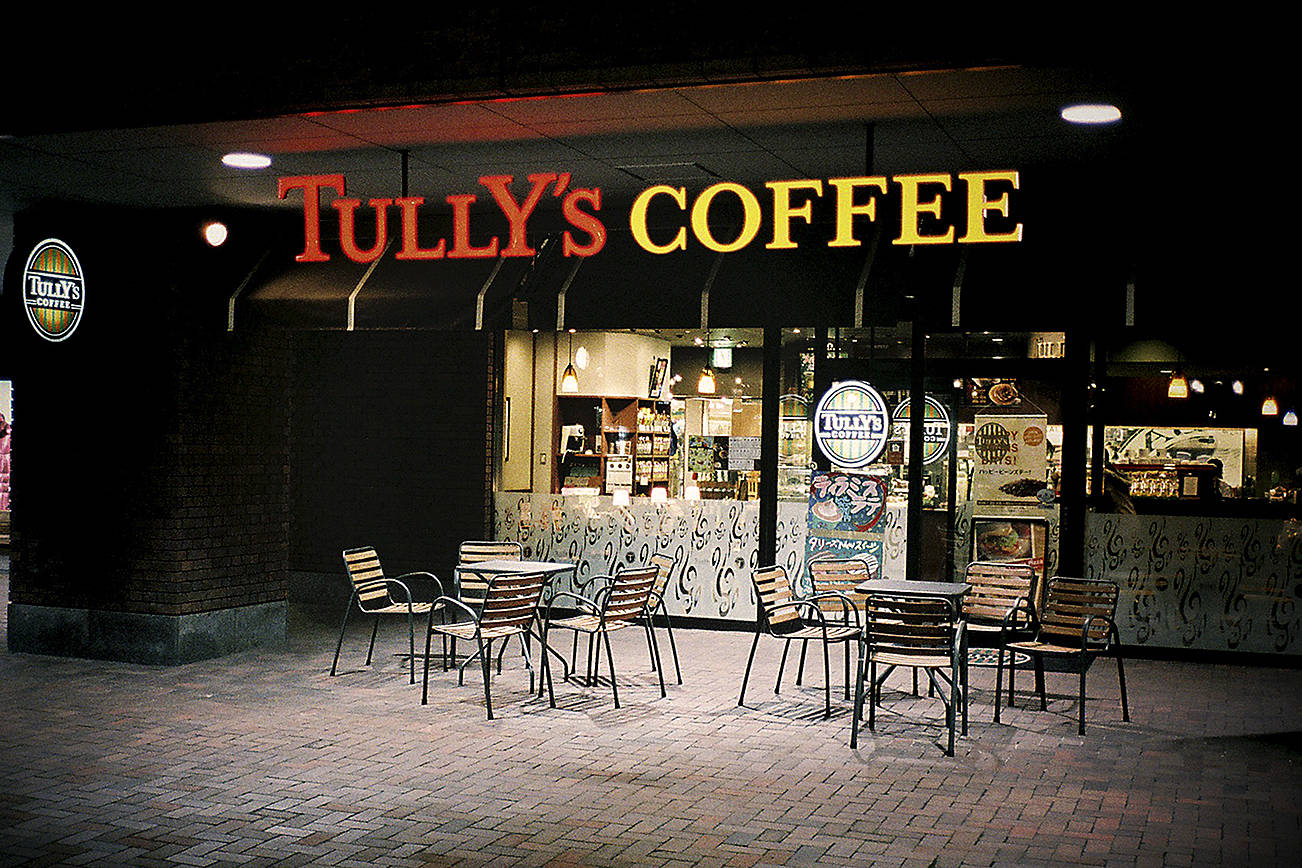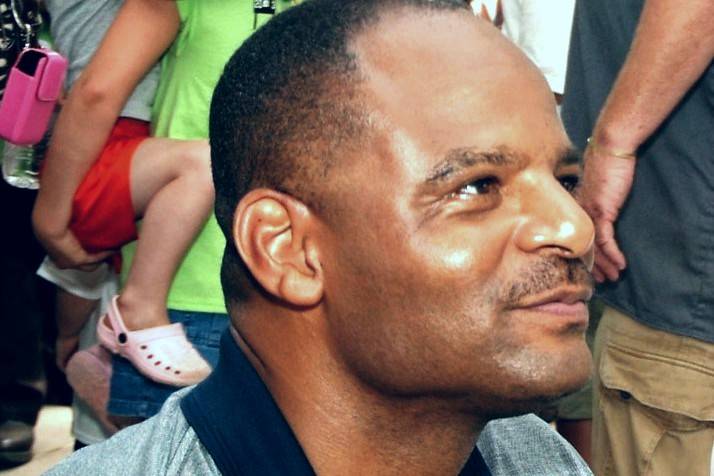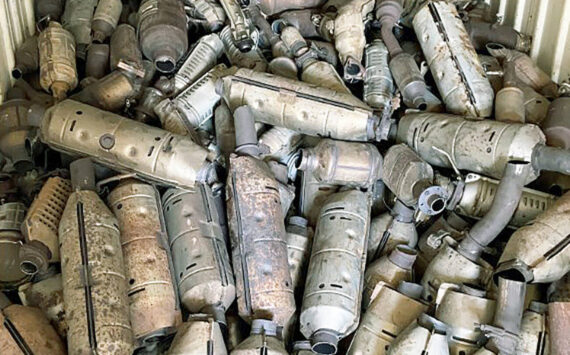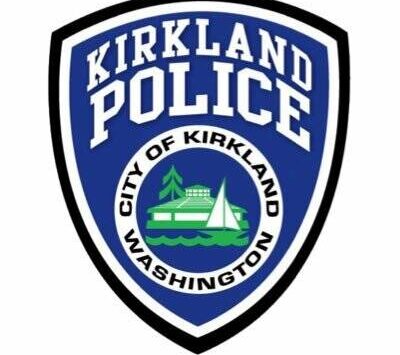LOATHED BY HIS OPPONENTS, facing steep city fines, mired in legal disputes, barred from setting foot in the former cemetery that is his favorite spot in Seattle—John Dickinson says it’s great to be a winner. “It’s looking real good,” boasts the ever-confident Dickinson, whose crusade to restore an 1890s vintage Beacon Hill graveyard has drawn the wrath of neighbors and officials but support from some preservationists and descendants of the dead.
The century-old Comet Lodge Cemetery, the site of as many as 1,000 graves, is now overlaid with streets and homes whose occupants view this househusband and community activist as their iceman cometh. They resent his historic restoration plans as well as his efforts at tree cutting and gravestone removal (“No Stone Unturned,” SW 1/14/98). Though he faces legal action and mounting fines for environmental damage, Dickinson has forced officials to deal with the abandoned boneyard. And now, ta-da! King County claims the site and promises to restore it.
In a tax-title settlement, a Superior Court judge recently awarded 2 and a half acres of old graveyard to the county and ordered Dickinson and his snipping shears to back off for a year while it is transformed into a memorial park. The county “will fix up the site on behalf of the neighbors,” says Frank Abe, an aide to County Executive Ron Sims, “with the goal of interesting the city in maintaining it and keeping it safe.”
But the county has acquired only half of what Dickinson says was a 5-acre burial ground. Abe insists, “There has been no evidence recovered to date that any burials occurred on the north 2 and a half acres [where homes have been built]. The county will not be restoring that part.” But Abe concedes that “there is a difference of opinion between some neighbors and some family members about just how far the cemetery restoration should go. Some consensus will have to be reached.”
DICKINSON HAS ALREADY reachedhis conclusion: He wants the entire site restored—and living residents moved out in favor of dead ones. That’s prompted name calling and community battles—at a recent public hearing, where Dickinson claimed ownership of the land, an opponent called him a pathological liar. Dickinson wants to clear-cut most of the site while residents want the forested ridge, protecting them from freeway noises, to remain. Police have been called more than a few times as Dickinson moved through the site with tree-cutting tools in a one-man restoration effort. (He claims he had legal permission.) He is racking up city fines for illegal cutting and faces state penalties for allegedly chopping down cottonwood trees where protected red-tailed hawks were nesting. (“Only roosting,” replies Dickinson. “They didn’t live there.”)
And he’s not ready for the compromise the county seems to be offering. “There’s still a disagreement over who really owns” the non-grave portions of the site, Dickinson says. (The heirs of the dead have perpetual rights to the historical plots, though these plots’ number and identity are in dispute.) Dickinson, who has countersued the county, thinks he can still claim the entire site under state law. He would then restore the graveyard, as he sees fit. No way, says Abe: “The Comet Lodge site has not been an active cemetery—whatever active means—since the 1930s, and we have no plans to reopen it as a cemetery.”
But, even he if loses in court and gets no thanks, Dickinson’s efforts to renew the cemetery will have paid off. “Citizens have asked for everything from a full cemetery restoration to a highly passive parklike setting,” says Abe. But “there has been no testimony [asking] to leave it as it is.”







